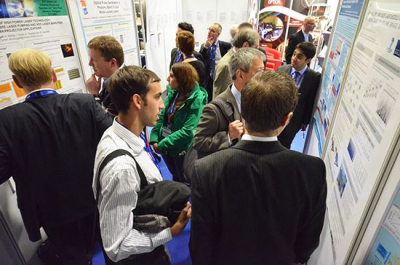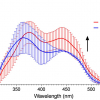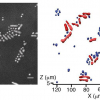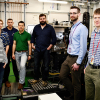
The programme and speakers for the meeting on Nano-Spectroscopy and Bio-Imaging has been announced. This free-to-attend conference will be held on Wednesday and Thursday 14 and 15 October as part of the Photonex event.
Significant advances in the development of optical techniques have led to an ever increasing role of photonics in the study of various problems in biological and chemical sciences, in medicine and clinical sciences. Researchers are continually looking for better ways to analyse complex processes and photonics underpins many of the most promising approaches for medical diagnosis, drug development, therapeutic intervention and other clinical and life science applications.
The integration of technologies is the key message of the meeting. One of the organising Technical Programme Committee and co-chairperson for the meeting is Dr Sumeet Mahajan, an Associate Professor in Life Science Interfaces at the University of Southampton, who speaks about the meeting. “The 2015 meeting brings together the disciplines of nano-science/technology, spectroscopy and imaging. There is incredible overlap between these; definitely more than most people would realise, especially in the context of applications in biology and medicine. The interdisciplinary nature of this year's conference really excites me as I see it as the ideal opportunity for cross-fertilisation of ideas. It is my firm belief that the solutions to current technological/societal problems inherently require an interdisciplinary approach and also that the most exciting things happen at the interfaces of different disciplines. I hope our conference will be able to showcase these ideas and further encourage young scientists and engineers working in these areas.”
Photonex, now in its 24th year is co-located with Vacuum Expo, an event dedicated to vacuum technologies. There is significant technology overlap such as when photonics is applied for surface analysis or when fibre optics are used for securing access to the vacuum environment.
Potential visitors and contributors to the scientific programme are encouraged to visit the Photonex website and register to visit today.















